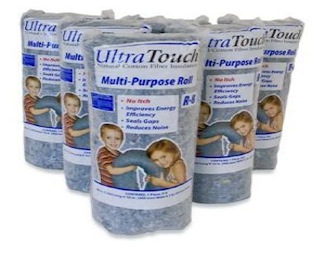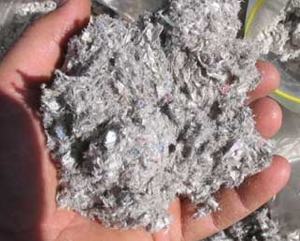Cavity Wall Insulation

To be more familiar with green home insulation, it's a good idea to learn about the various areas in the home where insulation is used.
A wall cavity in a building is simply the open space between the inner and outer parts of the wall, which are typically separated by the wall's framing elements.
This open cavity space in the wall provides the ability to sufficiently insulate a home. Like the cavity in the tooth that is filled in by the dentist, the wall cavity is filled in with insulation to greatly improve the energy-saving efficiency of the wall.
Types of Insulation for the Cavity Wall
There are many different forms of insulation materials available today that can be used to insulate a wall cavity.
Batt-Type Cavity Wall Insulation
Batt insulation is manufactured into blanket rolls that are unrolled and placed into the wall cavity between the wall studs. Batt insulation is typically used in new home construction when the wall is open, before drywall is installed.
Batt insulation can be manufactured from a variety of green materials. Fiberglass insulation made partially from recycled glass is the most used, most familiar type of batt insulation. It is also typically the most affordable type of insulation for a cavity wall.
Cotton insulation is made from recycled and scrapped cotton fibers, and can also be made into batts for cavity wall insulation.
Rockwool mineral insulation can also be used in batt-type installations. Rockwool mineral insulation is made from recycled steel and natural rock materials.
Blown-In and Spray-in Cavity Wall Insulation:

Blown-In Cellulose Cavity Wall Insulation
For existing wall cavities, blown-in insulation is more commonly used. Small holes are made in the drywall, and the insulation blown-in by a licensed professional, filling the cavity wall.
Cellulose insulation, made from recycled paper, is a popular form if blown-in insulation. Rockwool mineral insulation, mentioned earlier, can also be used as an effective blown-in insulation.
Most forms of batt-type and blown-in insulation have similar R-values of between 3.0 and 4.0 per inch.
Yet another type of insulation that can be considered for cavity walls is spray foam insulation. Spray foam insulation can be installed in new cavity walls during construction by spraying the insulation directly onto the wall interior before drywalling, or in existing enclosed cavity walls by spraying it in through small holes in the drywall.
Spray foam insulation can have much higher R-values than other types of cavity wall insulations.
Proper Installation of Cavity Wall Insulation
Any cavity wall insulation is only as good as its installation. To be effective, cavity wall insulation needs to fill and cover all gaps and spaces as completely as possible to reduce air and moisture penetration. Batt-type insulation can often leave small gaps between the insulation and wall studs, and blown-in insulation can have a tendency to settle over time, leaving space in the cavity wall. Spray-foam insulation, which completely covers and fills every gap in the cavity wall and stays in place, holds the advantage here.
The Cost of Cavity Wall Insulation
The cost of buying and installing any insulation can vary widely due to fluctuations in market prices and construction costs around the country.
As a rough guideline, the installed cost of insulating a cavity wall to an R-value of 19, per square foot installed, from least expensive to most expensive, is as follows: blown cellulose, fiberglass batt, cotton batt, rockwool mineral batt, and finally spray foam insulation.
Having an experienced green home designer and building contractor will help you to determine which type of insulation and insulation material is best for your green home.
The initial investment is an important factor, but it is also important to keep in mind the overall R-value of any cavity wall insulation and the environmental impact of the material used.
comments powered by Disqus

























































































































































































